
Vivian Greven
Venus Moon Square
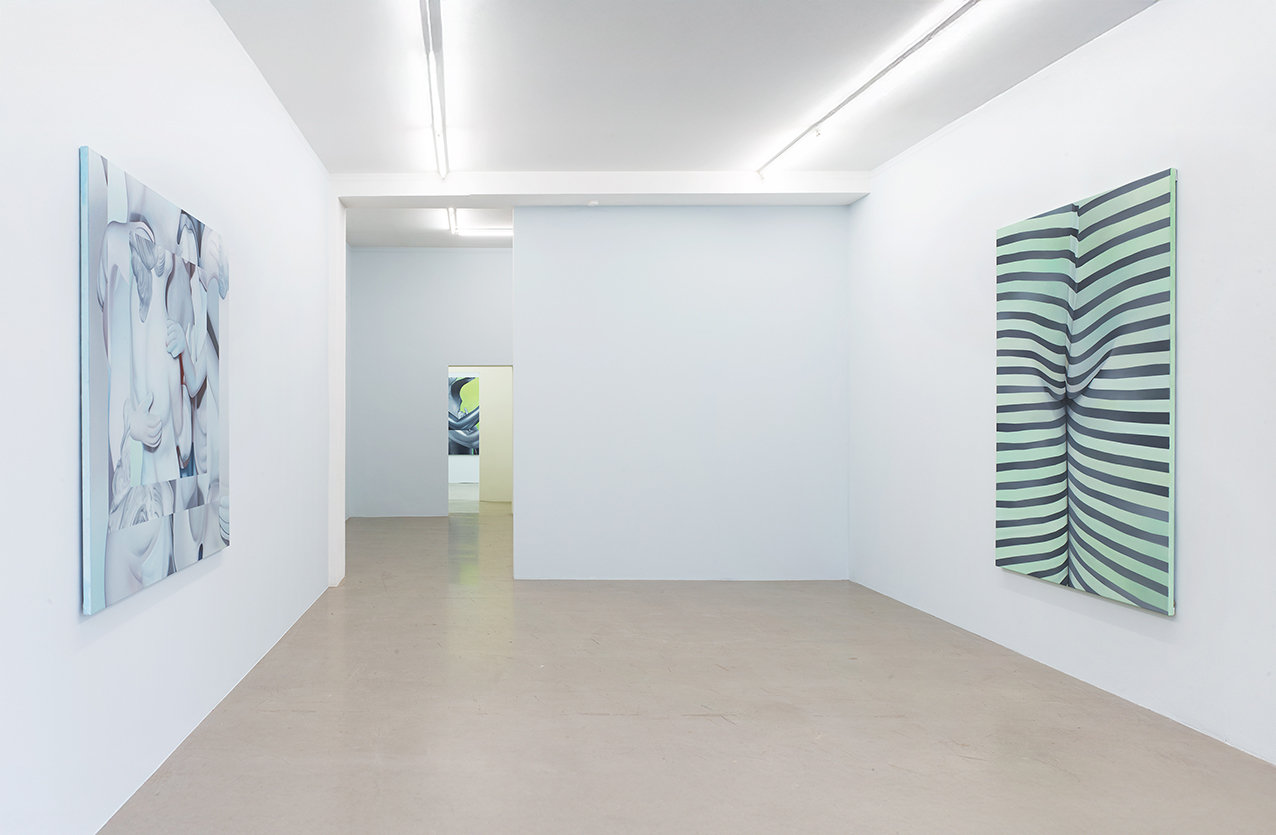
installation view: "Venus Moon Square", Kadel Willborn Düsseldorf, 2025
Advertisement
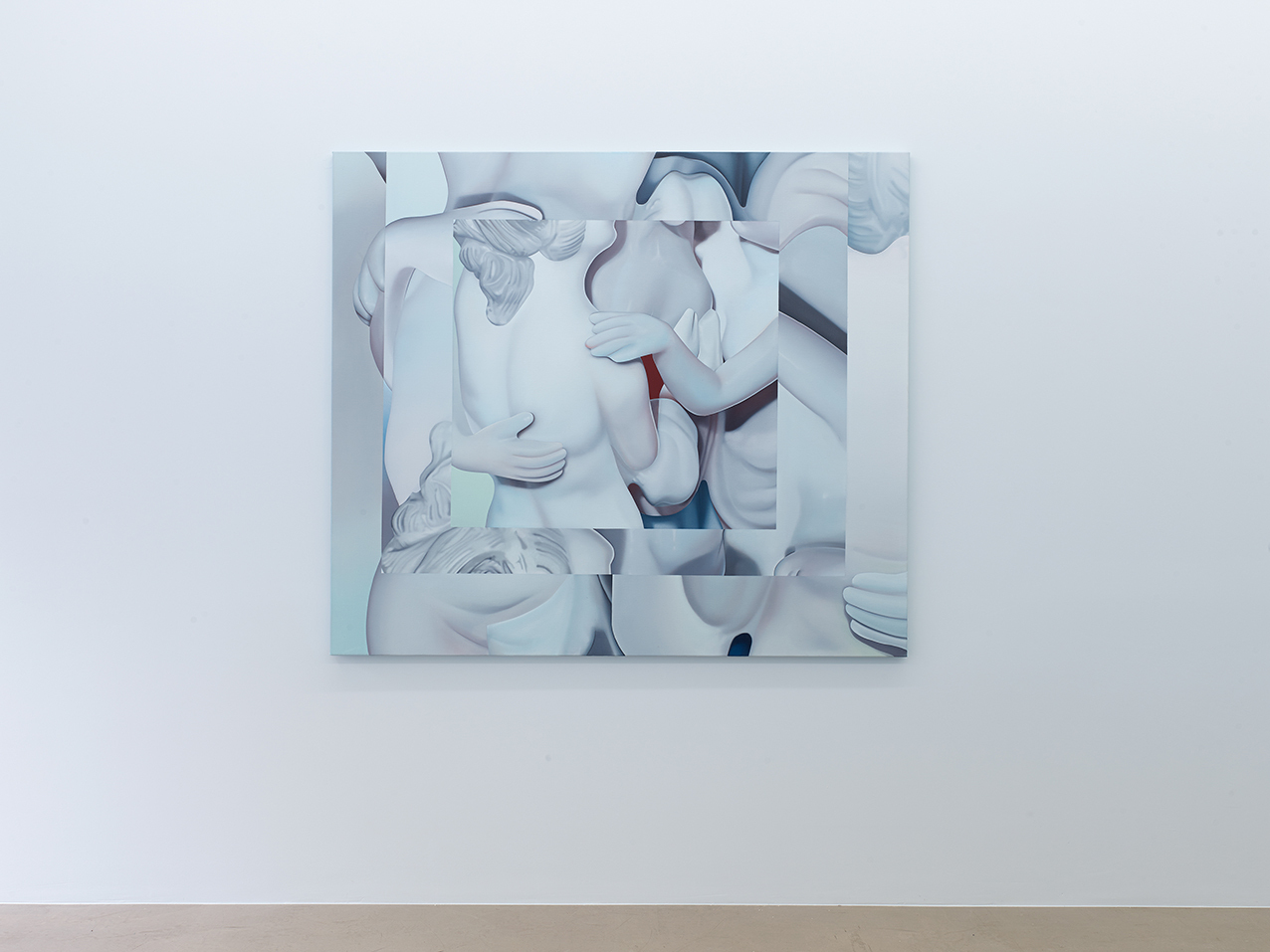
installation view: "Venus Moon Square", Kadel Willborn Düsseldorf, 2025
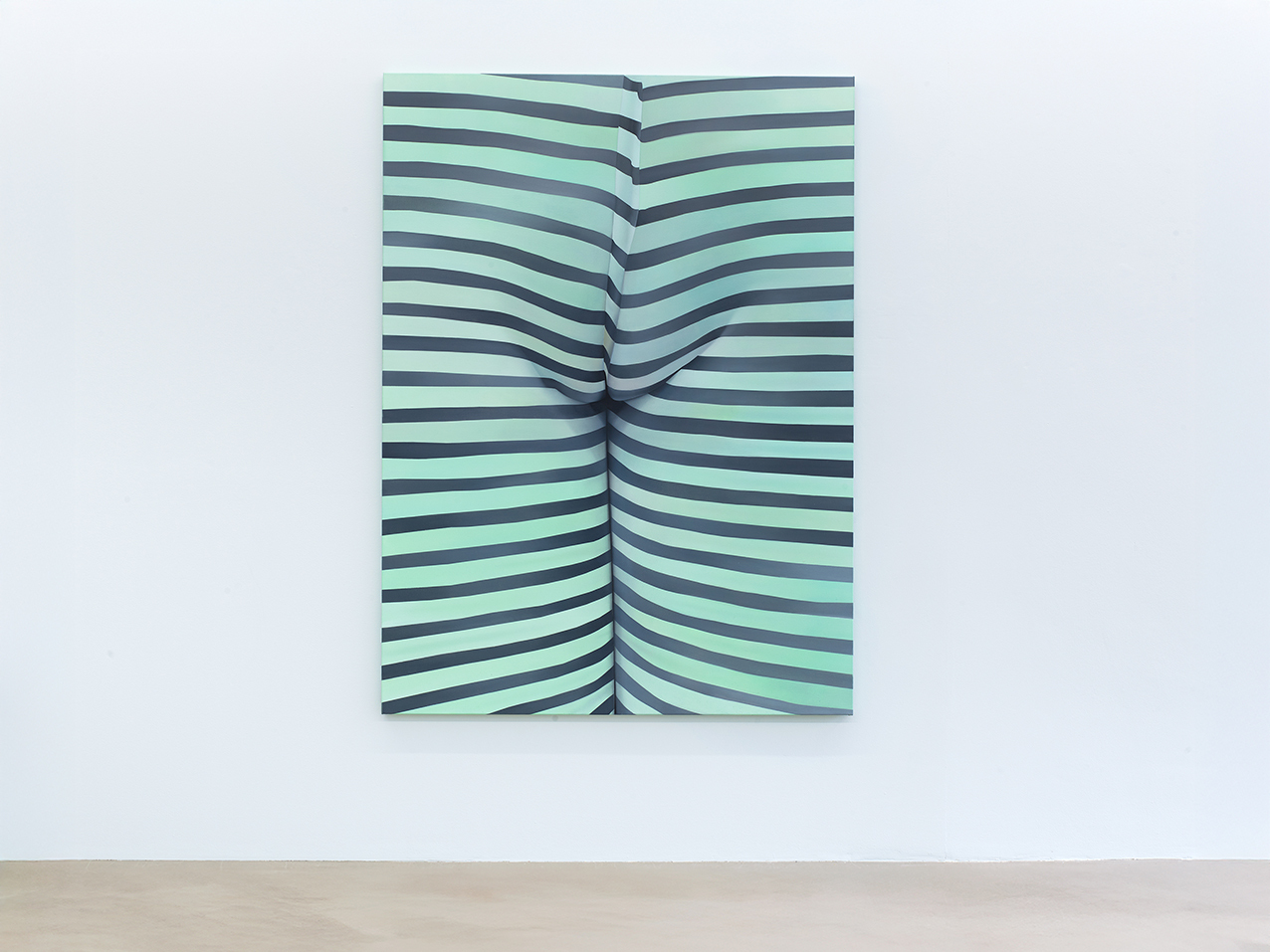
installation view: "Venus Moon Square", Kadel Willborn Düsseldorf, 2025
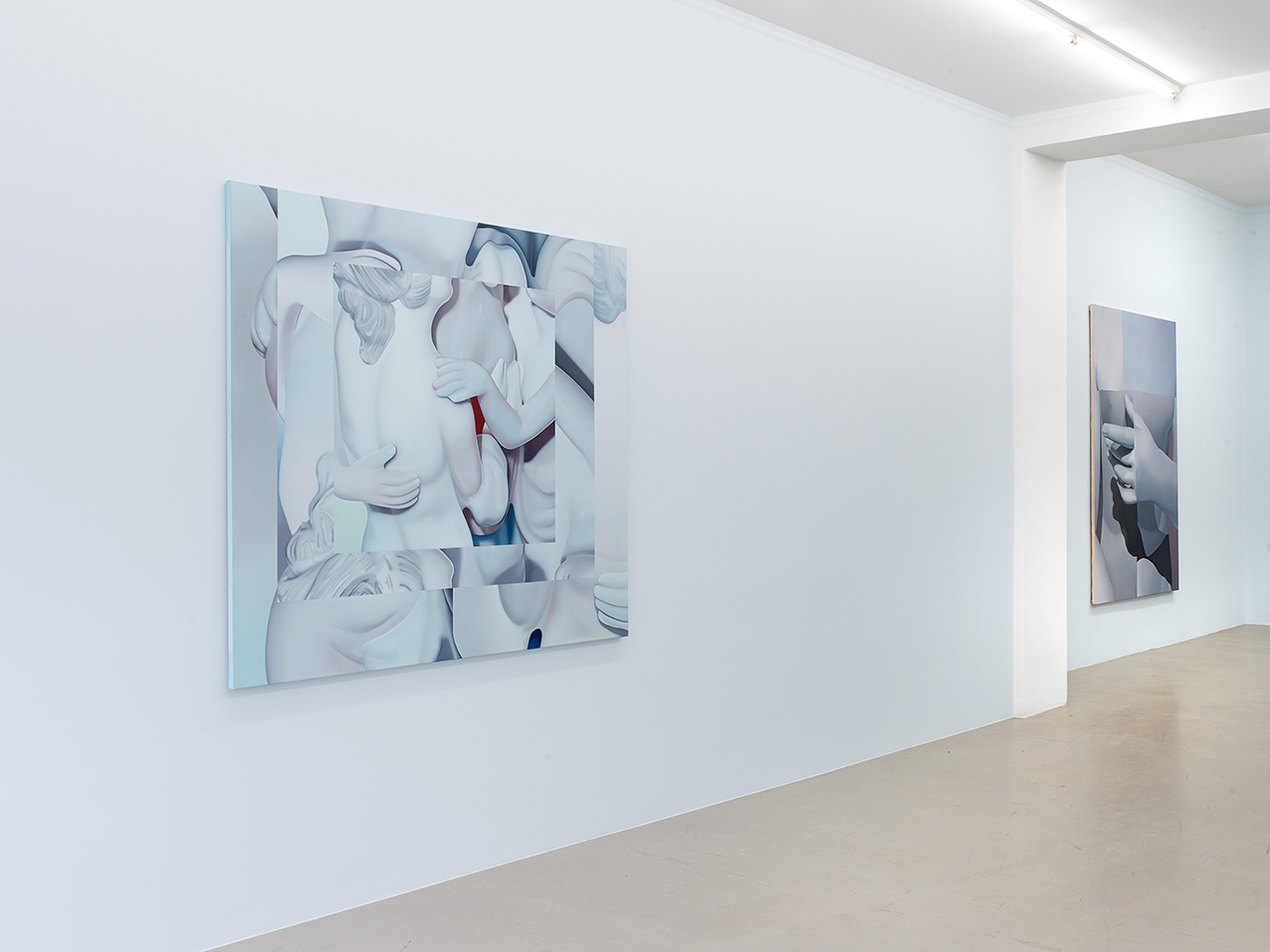
installation view: "Venus Moon Square", Kadel Willborn Düsseldorf, 2025
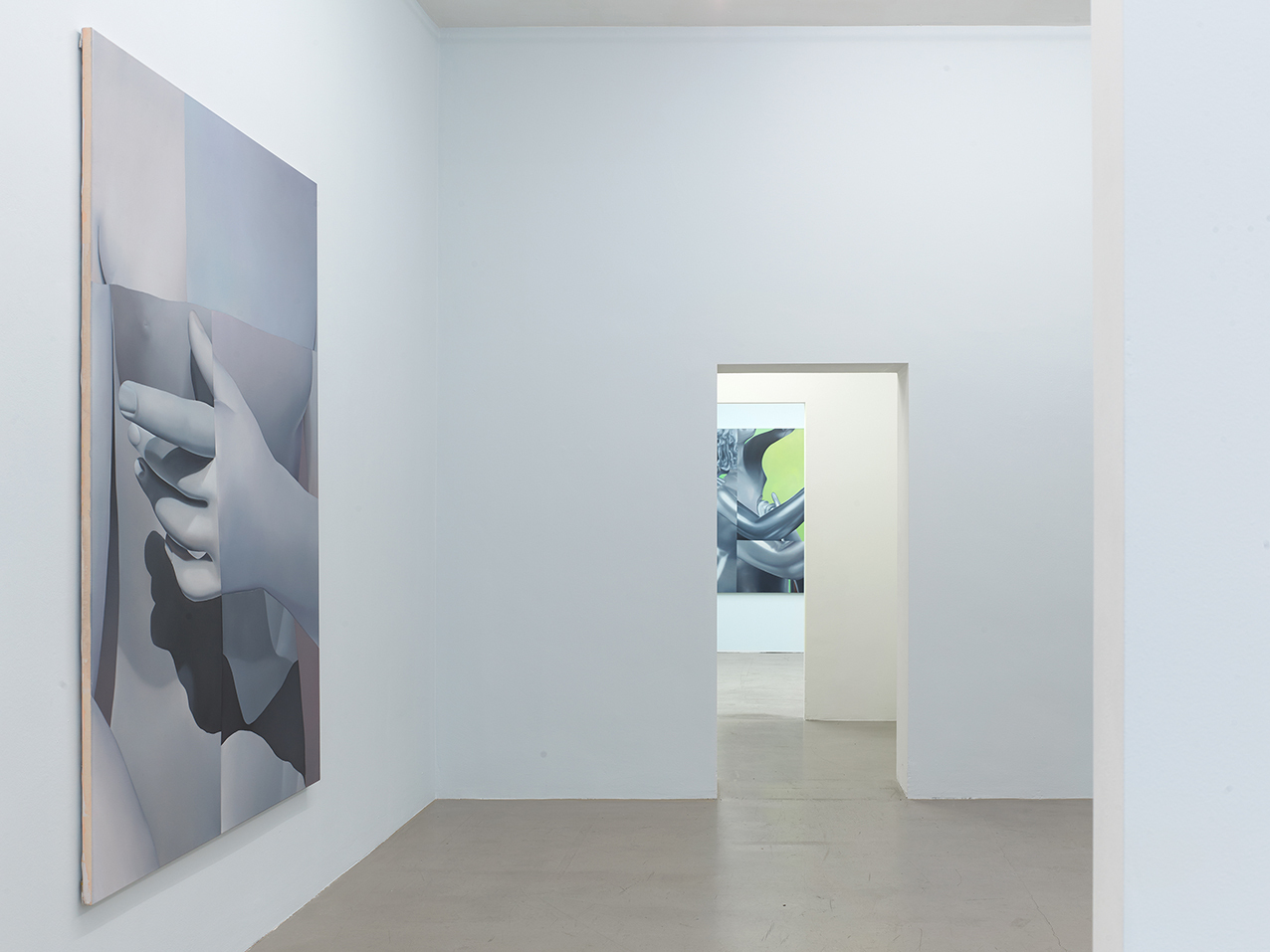
installation view: "Venus Moon Square", Kadel Willborn Düsseldorf, 2025
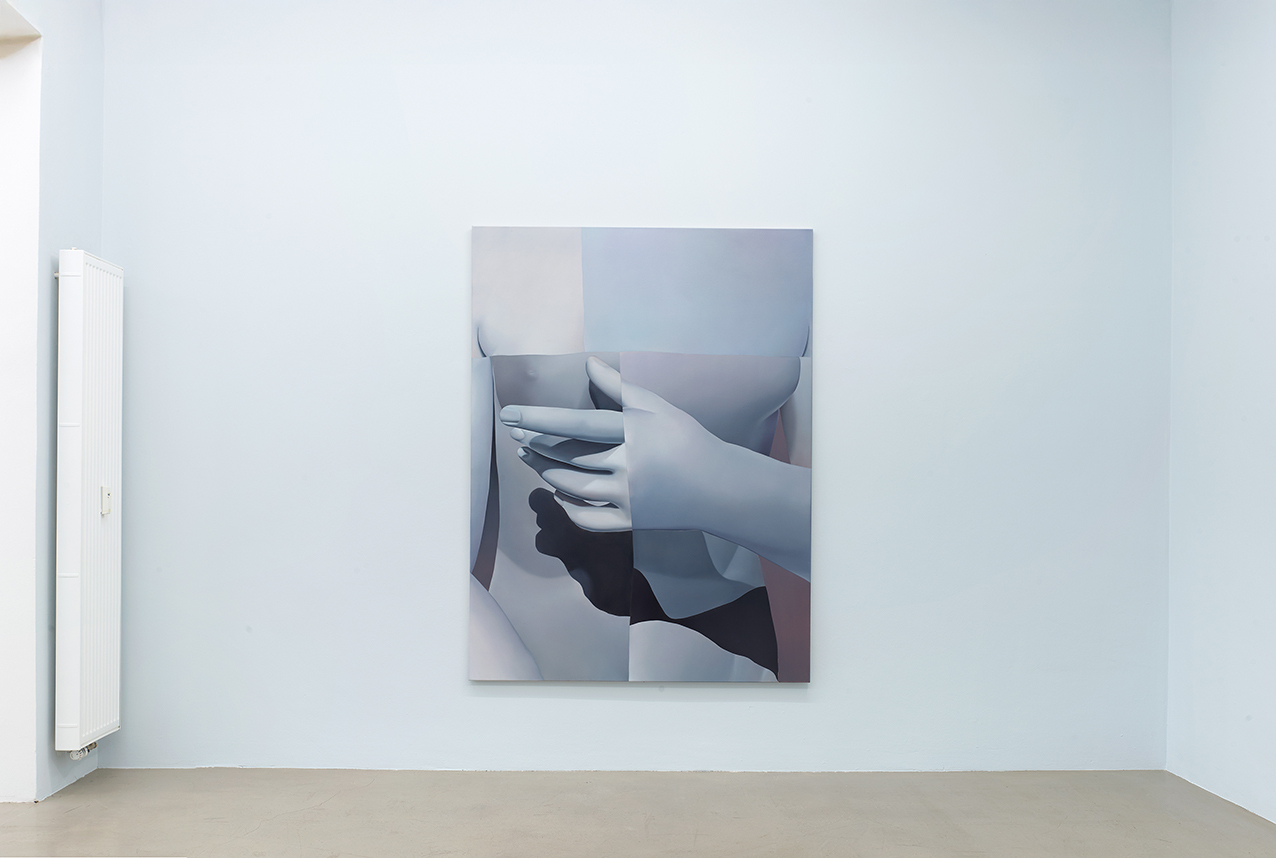
installation view: "Venus Moon Square", Kadel Willborn Düsseldorf, 2025
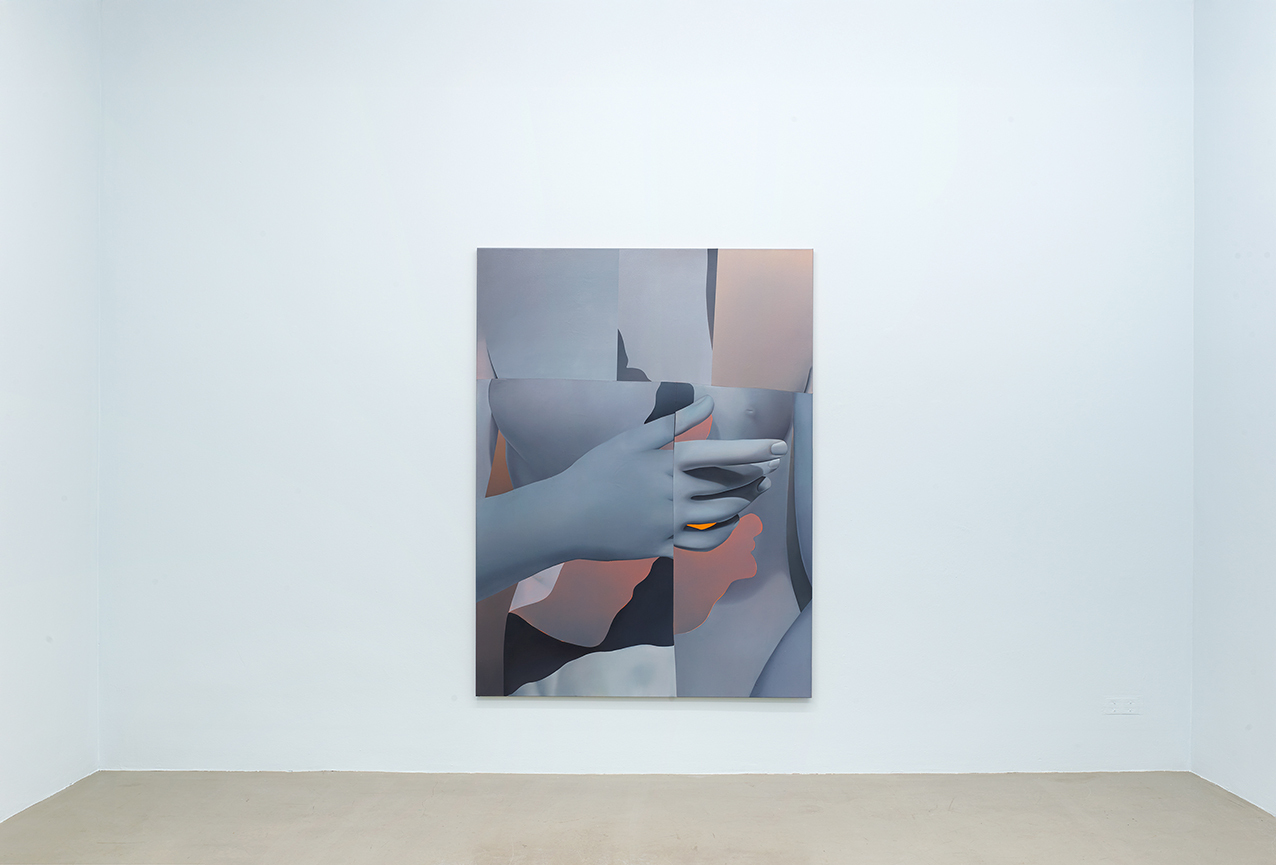
installation view: "Venus Moon Square", Kadel Willborn Düsseldorf, 2025
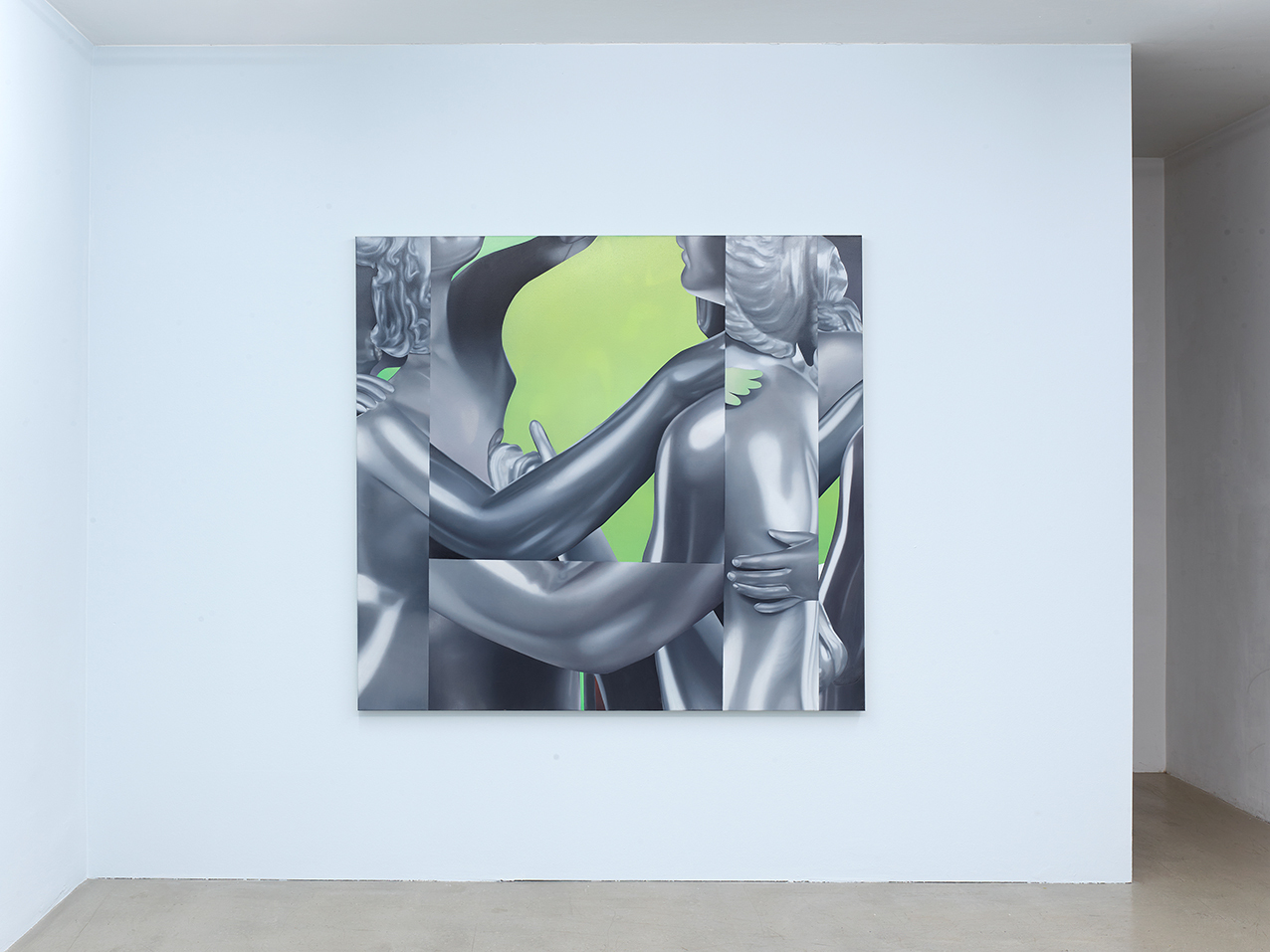
installation view: "Venus Moon Square", Kadel Willborn Düsseldorf, 2025
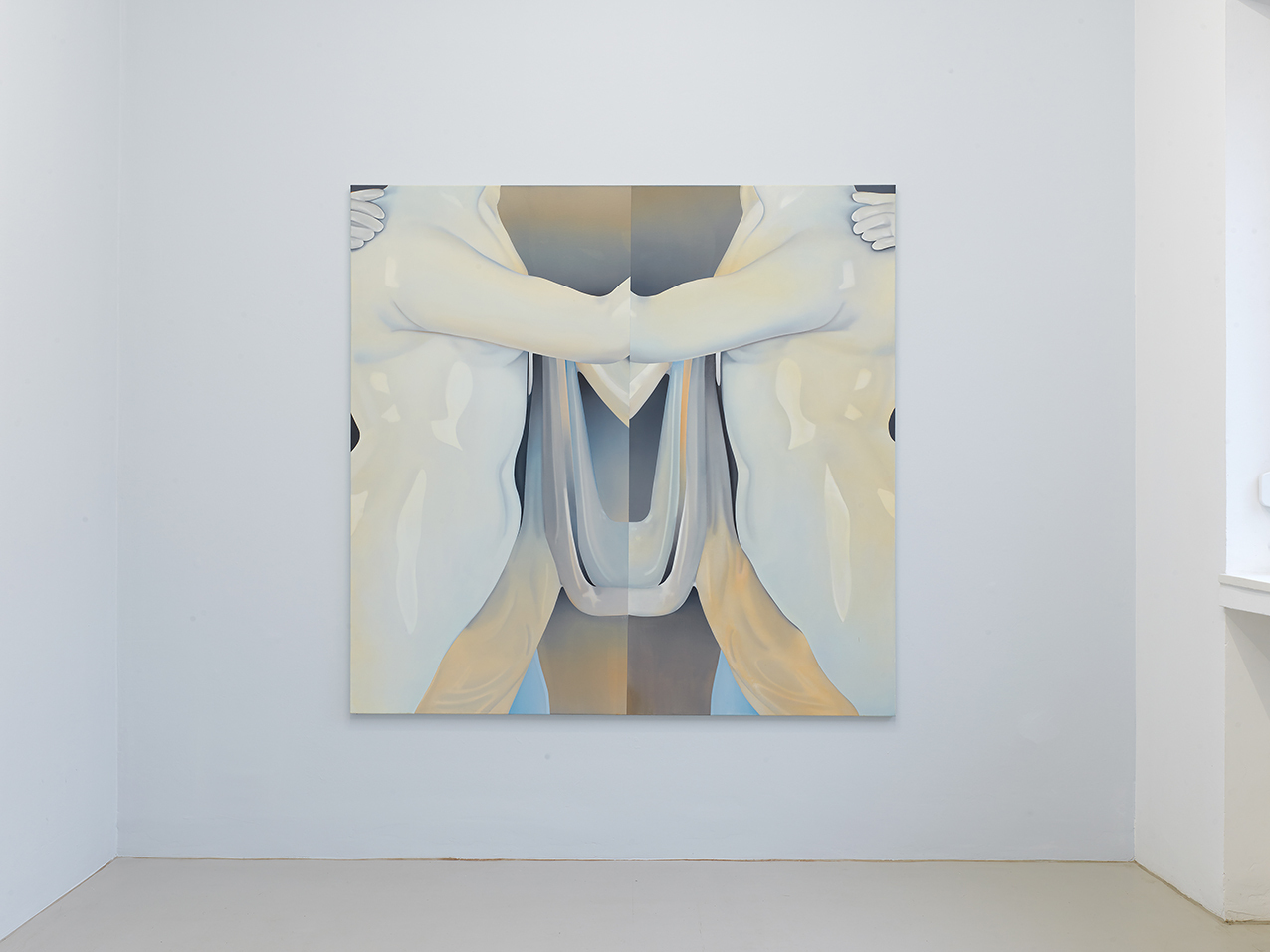
installation view: "Venus Moon Square", Kadel Willborn Düsseldorf, 2025
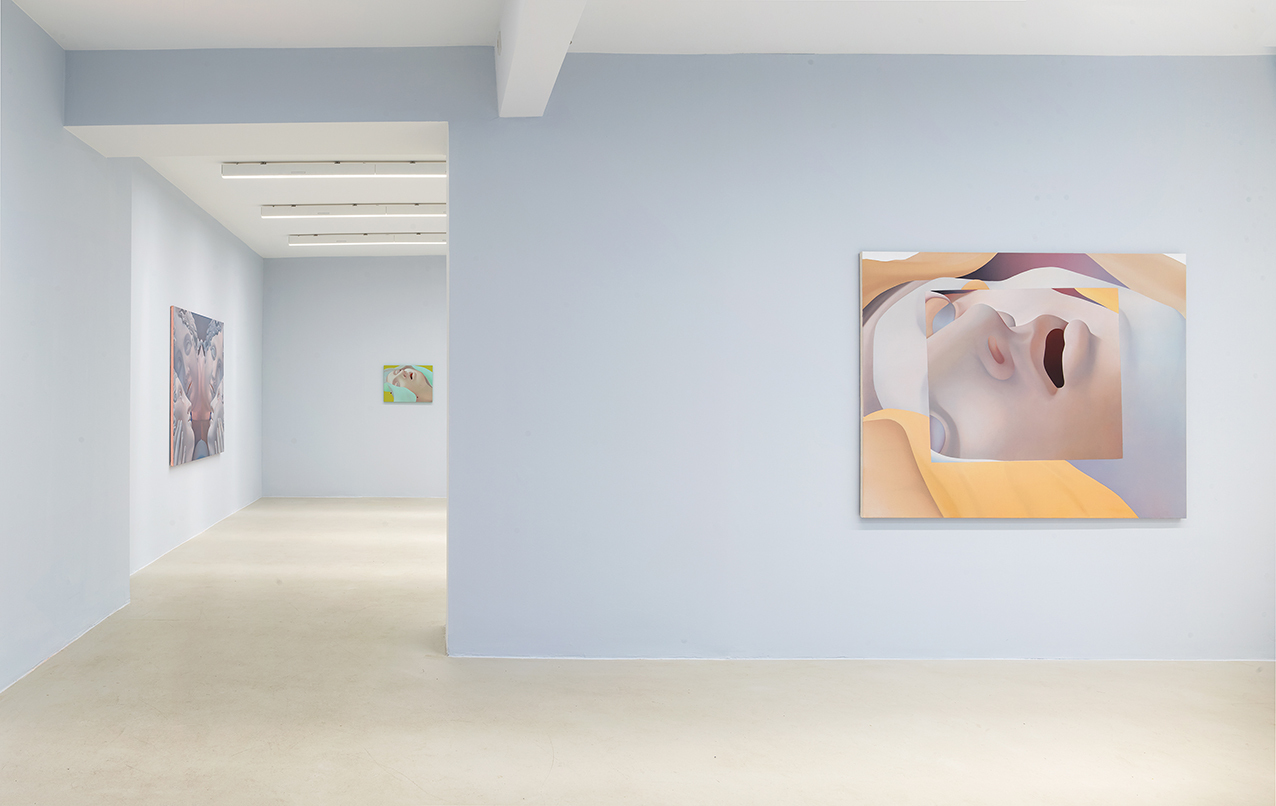
installation view: "Venus Moon Square", Kadel Willborn Düsseldorf, 2025
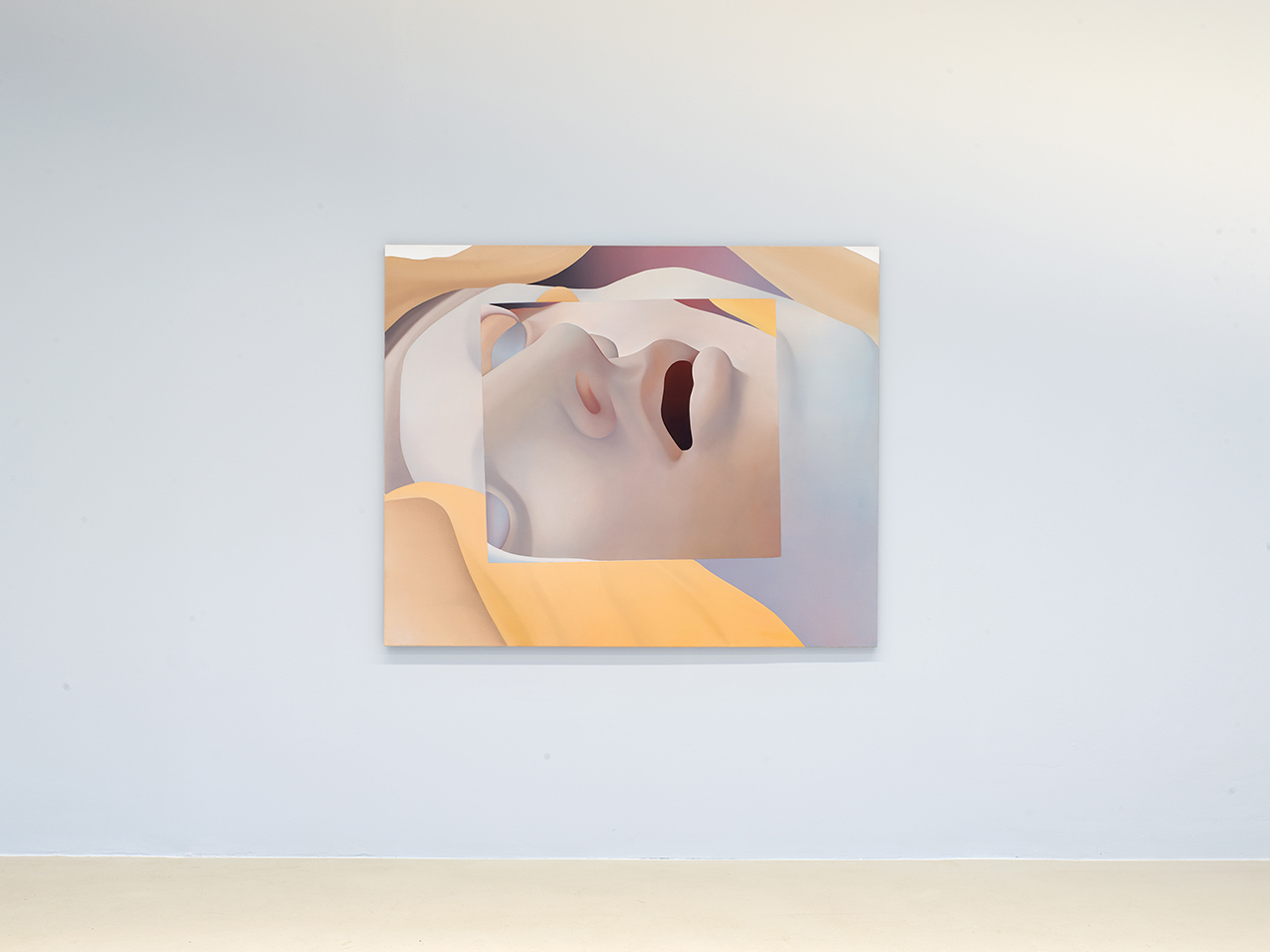
installation view: "Venus Moon Square", Kadel Willborn Düsseldorf, 2025
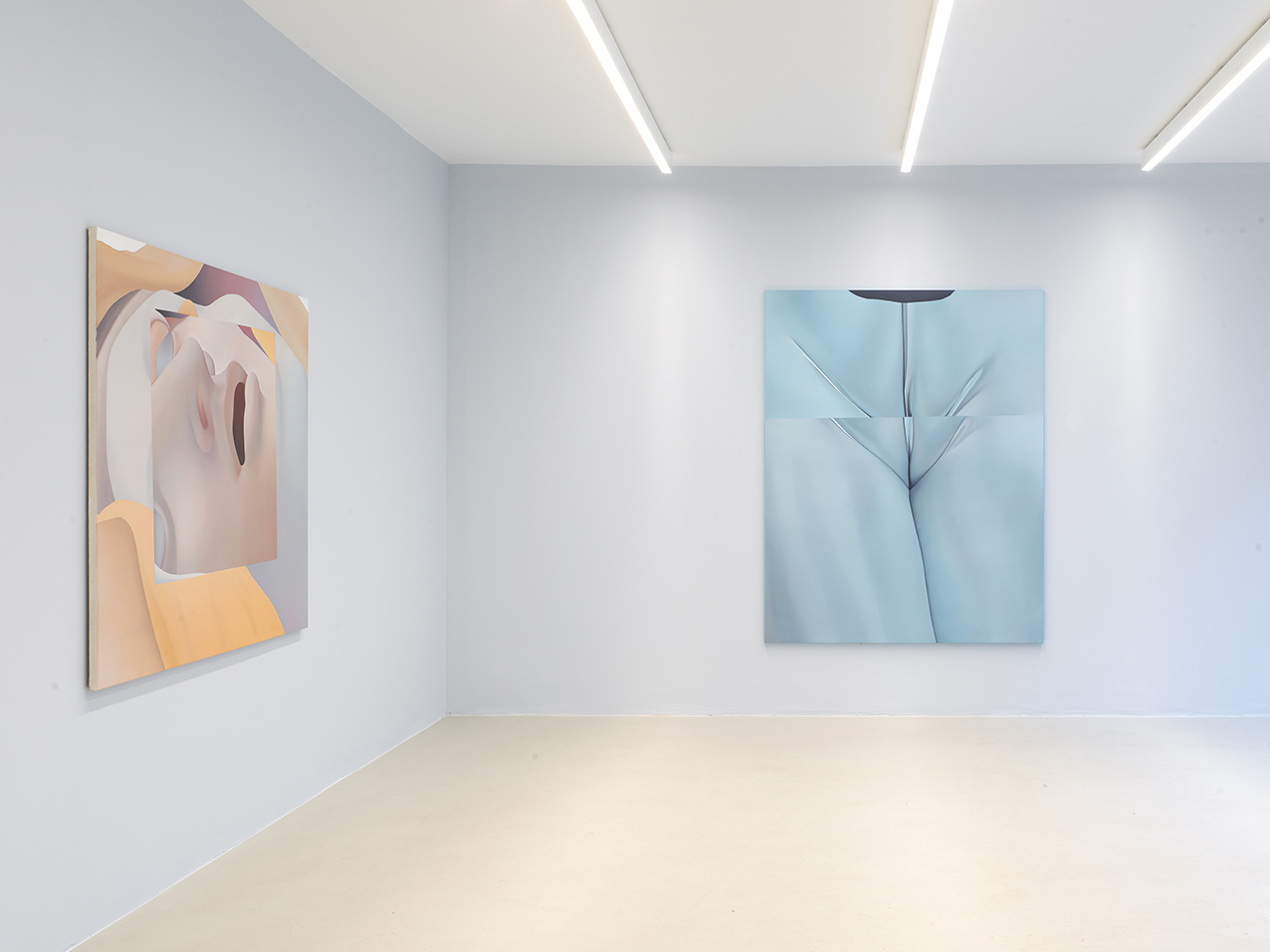
installation view: "Venus Moon Square", Kadel Willborn Düsseldorf, 2025
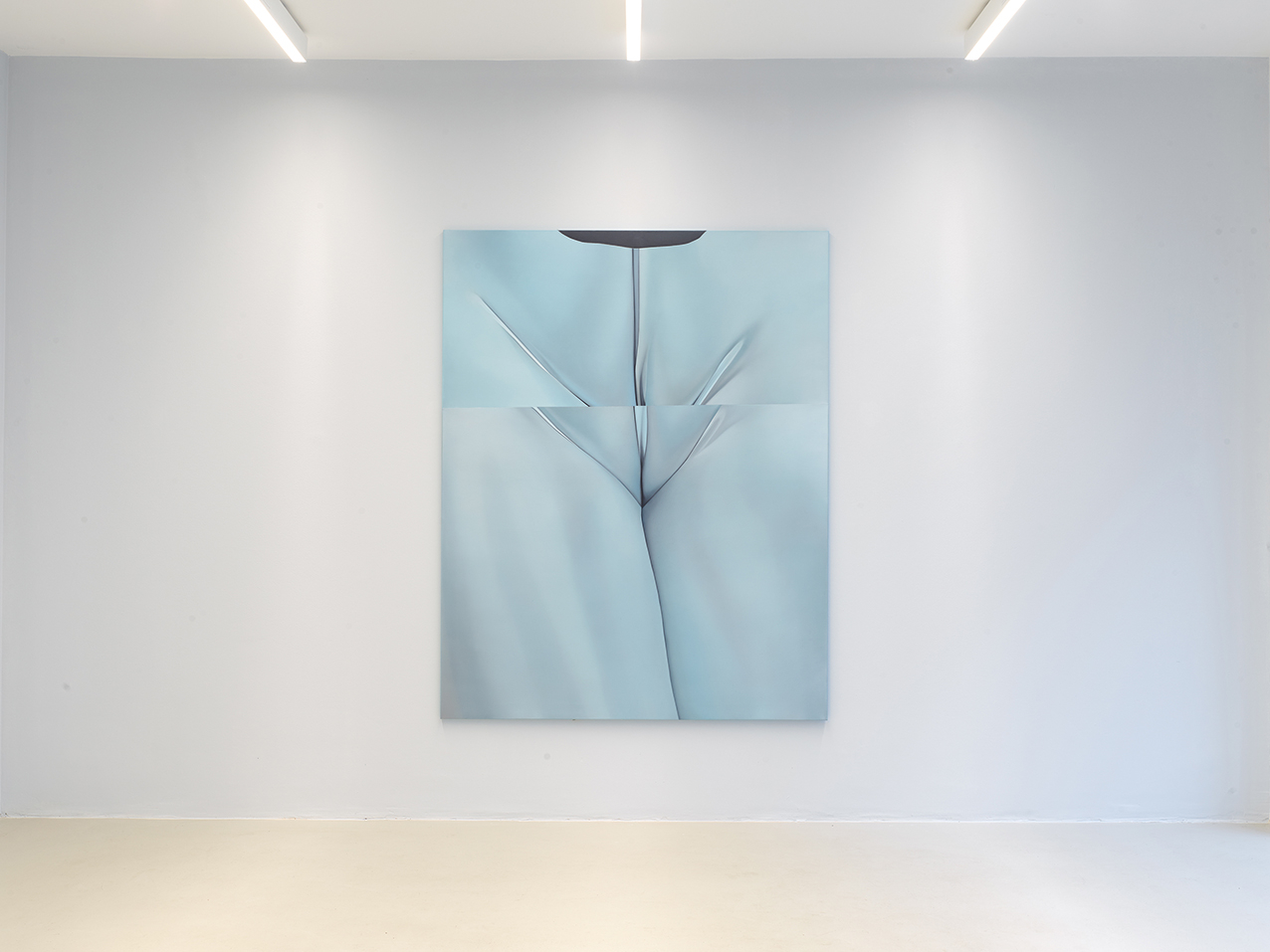
installation view: "Venus Moon Square", Kadel Willborn Düsseldorf, 2025
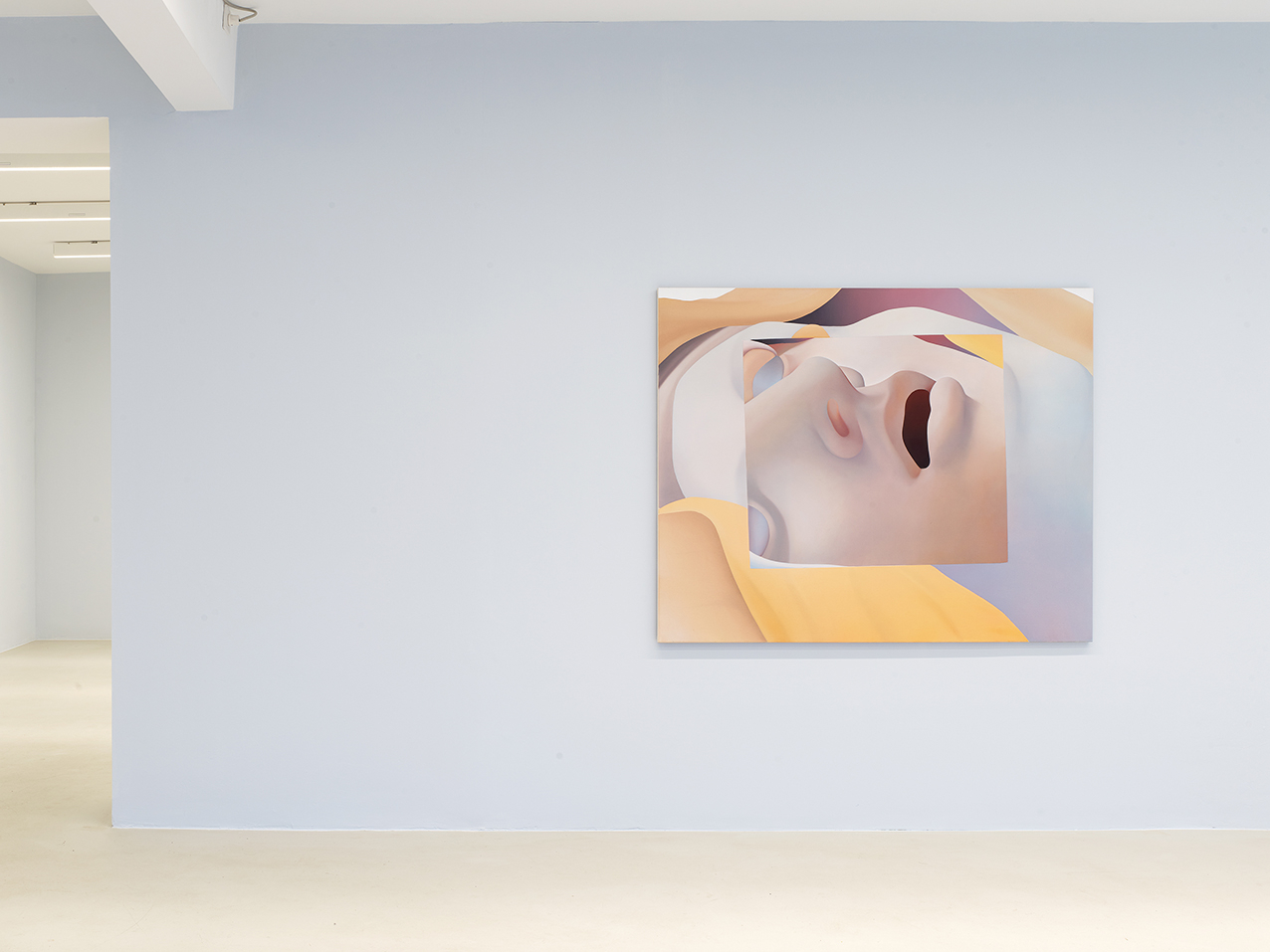
installation view: "Venus Moon Square", Kadel Willborn Düsseldorf, 2025
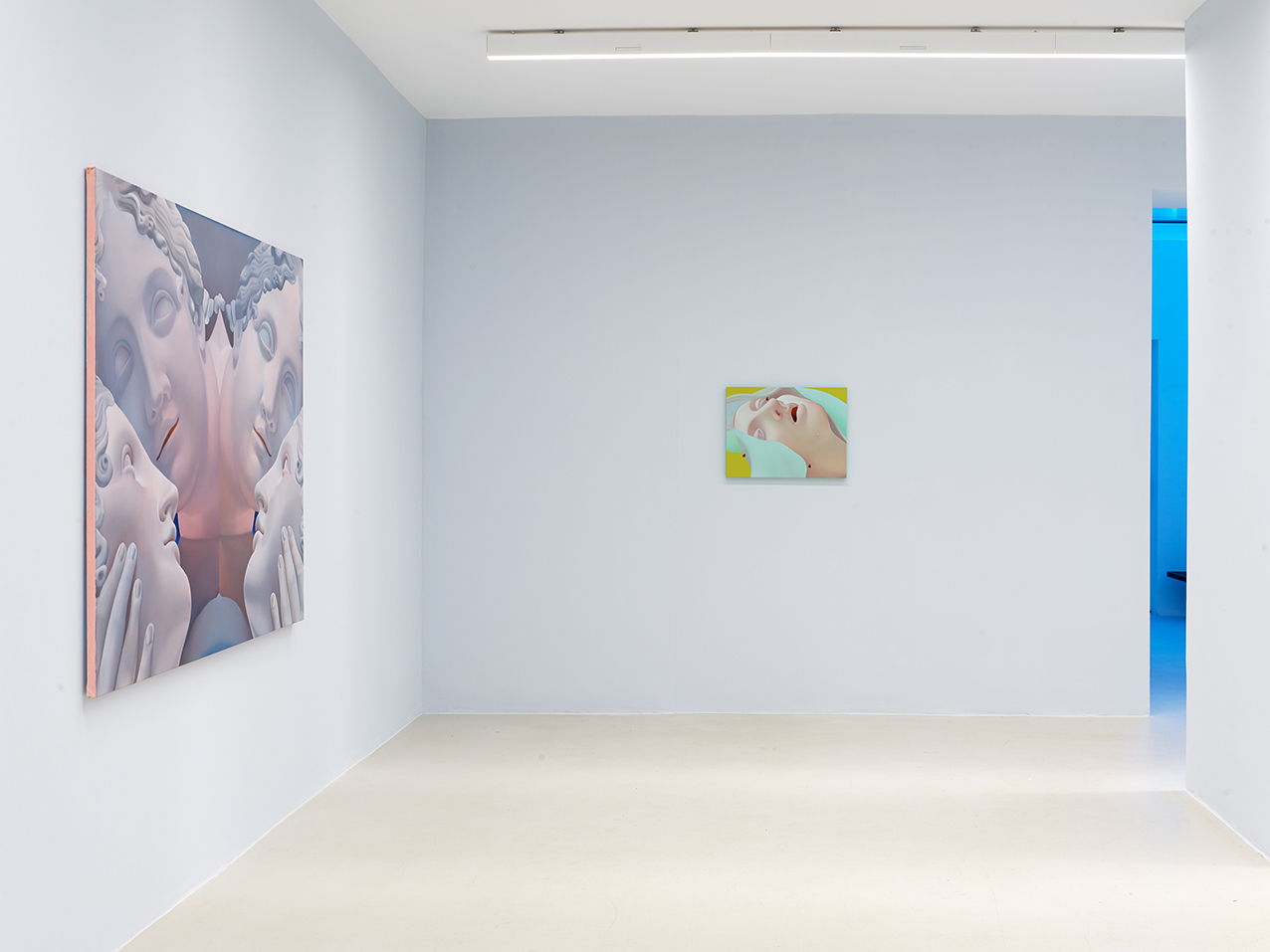
installation view: "Venus Moon Square", Kadel Willborn Düsseldorf, 2025
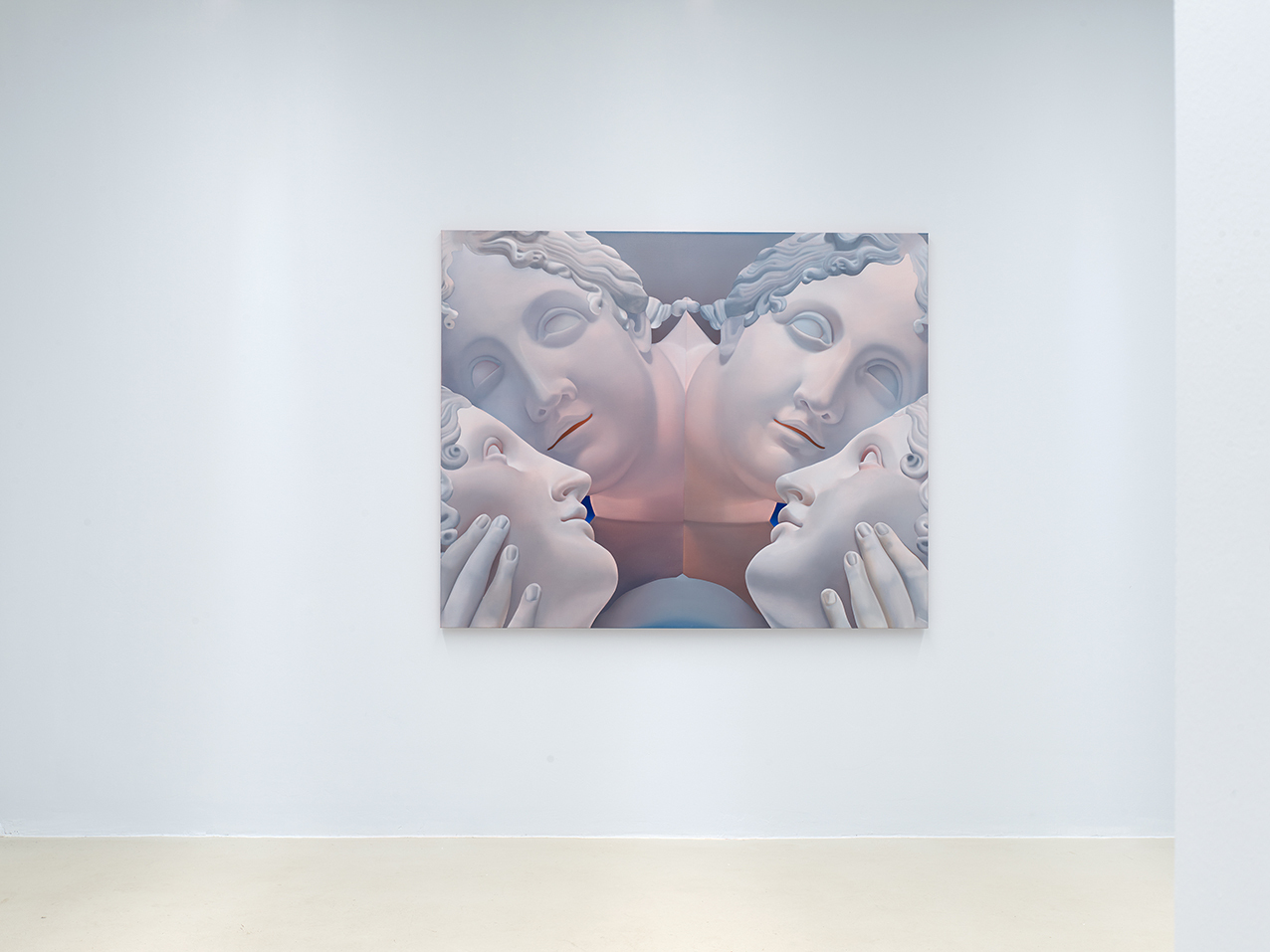
installation view: "Venus Moon Square", Kadel Willborn Düsseldorf, 2025
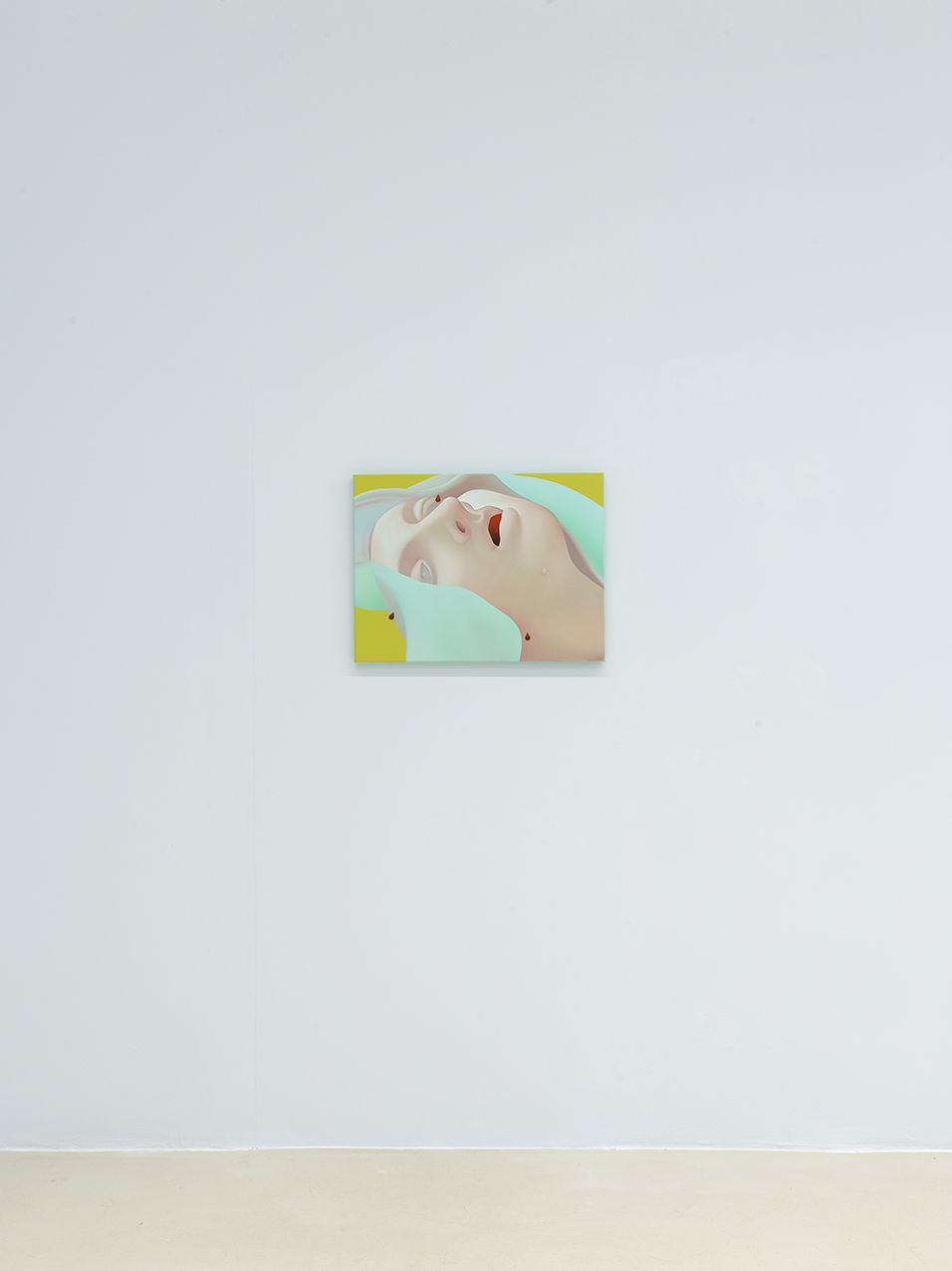
installation view: "Venus Moon Square", Kadel Willborn Düsseldorf, 2025
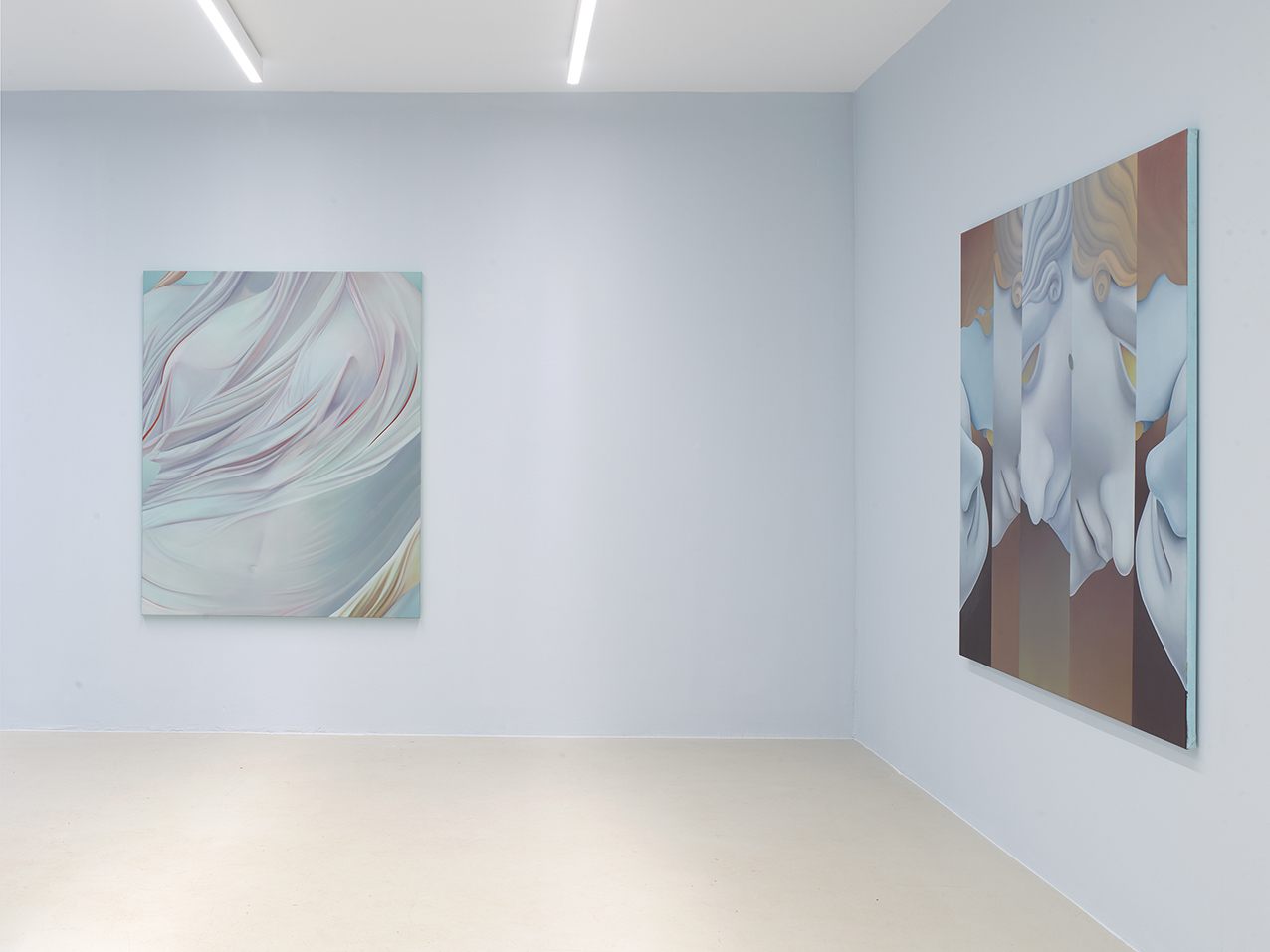
installation view: "Venus Moon Square", Kadel Willborn Düsseldorf, 2025
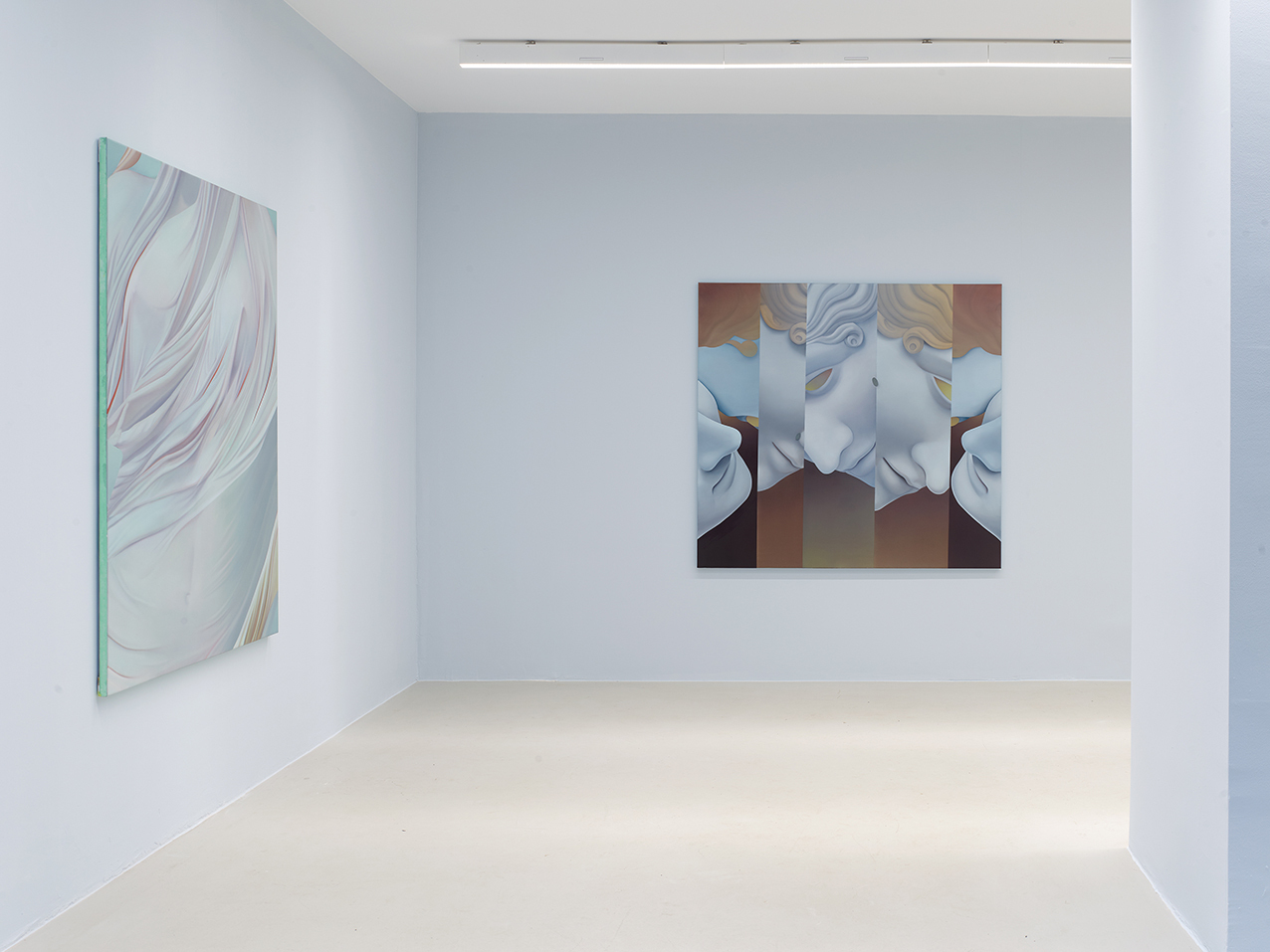
installation view: "Venus Moon Square", Kadel Willborn Düsseldorf, 2025
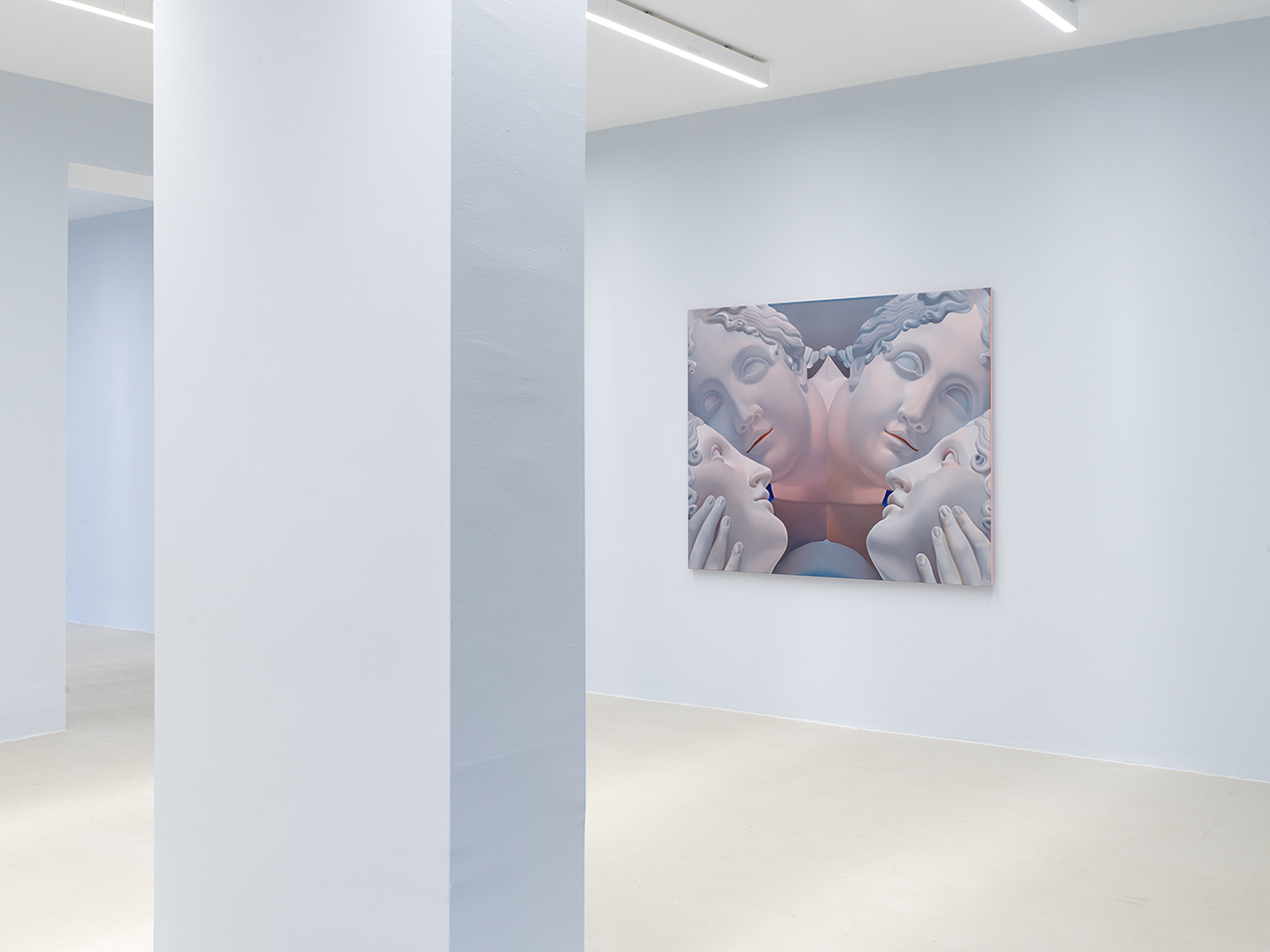
installation view: "Venus Moon Square", Kadel Willborn Düsseldorf, 2025
The dematerialization of experiences and actions has become part of everyday life in our world intertwined with digital technologies. Interpersonal relationships can be started, maintained and ended via a wide variety of digital platforms. We can feel close to things, places, events and people, even though we have never actually seen or touched them in real life. The new technologies inevitably have an effect on the way we see what a body, and what a person, can be. „Technology is not neutral. We’re inside of what we make, and it’s inside of us. We’re living in a world of connections – and it matters which ones get made and unmade“, describes the anthropologist Donna Haraway aptly. In the midst of these profound changes in our world, the body remains the central matrix of our actions. Despite the multitude of possible self-optimizations of the body, it never escapes its own biological materiality.
Vivian Greven’s third solo exhibition at Galerie Kadel Willborn, Venus Moon Square, confidently combines these different historical, social, and technoid “narratives” about the body, identity, and interpersonal connections into her paintings. Her sources are the “old” narratives of ideal body images such as the transcendent marble sculptures of Venus, the Three Graces, St. Theresa in art history and the new body images that are interwoven with these old ideals in the flood of digital images. Vivian Greven says herself: “It´s about the idea of creating a new body from older ones and exploring what’s inside and outside the body (...)”. The title of the exhibition, “Venus Moon Square”, which Vivian Greven has taken from astrology, also refers to this tension between inner and outer views. There, Venus stands for the ideal of beauty and our relationships with the outside world, the moon for our subjective “sentient body”, the square for the field of tension between these two poles, the moon and Venus. Vivian Greven shows a kind of “body psychology” that is the result of the correspondence between hidden and visible “narratives” of the inside and outside. In her new works, Vivian Greven transforms the interaction of multiple perspectives into a visual fanning out of the body parts and a muted play of colors between light and shadow. Comparable to a computer screen, our gaze “zooms in” with a maximum proximity to her groups of figures and torsos. We experience the illusion of the “ tangible” plasticity of these bodies and at the same time Vivian Greven’s glazing oil painting transcends her figures into free abstraction. In some works, the complexity of physicality is subtly echoed by the actual stitching of the canvases. For Vivian Greven, painting becomes a membrane between the intellect and the human body as an “own body”. The gesture of touching as self-assurance and communication with one‘s own and other bodies is a recurring element in Vivian Greven‘s motifs. The art critic Magdalena Kröner writes: “Each of these overwhelmingly present and at the same time untouchable bodies shows itself in intimate proximity and at the same time remains hidden; inaccessible. Greven‘s bodies present themselves as chimeras of an endless, unfulfillable desire that is refracted in antique sculpture as well as on a screen.” In this sense, Vivian Greven‘s works become “posthuman” and thus enable us to reflect on what defines us as human beings.
Vivian Greven (DE 1985) lives and works in Düsseldorf. She is represented in internationally renowned museum collections such as Hamburger Kunsthalle, Kunstmuseum Bonn, Kunstpalast Düsseldorf, Long Museum Shanghai and Kunstmuseum Stuttgart. Recently the Paula Modersohn-Becker Museum in Bremen showed a dialogue between hers and Paula Modersohn-Becker´s works accompanied by a new publication. Other solo exhibition have been at Neue Galerie Gladbeck (2023), Kunstmuseum Langmatt, Kunstverein Heidelberg (both 2021) or Kunstpalais Erlangen (2020). In March 2025 she will be part of the exhibition MAMA at Kunstpalast Düsseldorf. Recent group exhibitions have included her work, such as „The Infinite Woman” at the Fondation Carmignac, Porquerolles, “The Bathers” at MORE Museum Gorssel, “New Presentation of the Collection” at Kunstmuseum Bonn, “Between Pixel and Pigment” at Kunsthalle Bielefeld/MartaHerford Museum (all 2024), “Touching Forms” at Alte Nationalgalerie Berlin (2023), “FourTimesFour” at Hamburger Kunsthalle (2022) or “Something Between Us” at Kunsthalle Nürnberg/Kai10 Düsseldorf (2020/21). On the occasion of her solo exhibition at Neue Galerie Gladbeck her recent catalogue has been published by Walther and Franz König, Cologne in 2023.



